HERE’S EVERYTHING YOU NEED TO KNOW!
It’s Monday morning and you are about to roll out of bed. What’s the first thing that you do? Well, you snuggle with your dog and fall back asleep for another hour. Later that day, you go to brunch, maybe go for a hike followed by dinner with friends, and then stay up late Netflix binging Parks & Rec because you don’t leave for Rome until late the next day. Why? Because you’re a flight attendant and Mondays don’t suck anymore!
One of the best things about being a flight attendant is the flexibility. You can essentially work as much or as little as you want, even choosing the days of the week that you would prefer to work, all while maintaining a full-time job. While there can certainly be downsides and difficulties to the job, there are also some amazing perks and even more that come with seniority! Some would say it is the best job in the world, and some would say it was not for them, but it all comes down to who you are as a person and what kind of career you want for yourself.
With that being said, it’s not always easy to become a flight attendant. Statistically speaking, becoming a flight attendant is often more difficult than getting accepted into Harvard University. Don’t believe me? When over 100,000 people apply for fewer than 1,000 jobs, you’ll quickly realize that not everyone can walk in the door and receive an offer. Don’t let that scare you, though, because you may have just what it takes! Plus, we’re here to help! Between the two of us here at “˜Two Guys On A Plane,’ we’ve been both hired (and rejected!) over the years by several different airlines. We know first-hand how stressful the process can be, so we’ve come up with a few tips and tricks to help you land your dream job!
BEFORE YOU APPLY
Ask yourself a few questions, such as why you are applying and what you hope to get out of this career. These are answers you’re going to want to have not only for your sake but for your interviewer when it comes time to meet with them. This will also help you identify what type of airline you want to work for. Each airline will provide you with very different employment experiences just as each airline will be looking for something different in you as a candidate. Whether you plan to go for a regional airline or a mainline carrier, make sure to research the company you’re applying for first because they’ll expect you to know about their brand. Next, make sure you’re fully prepared to begin the process. You don’t need a college degree (although it’s preferred), you don’t need airline experience as they’ll train you, but you should have top-notch customer service skills.
When airlines open up the online application, they usually don’t keep it open for long so have everything ready to go. Additionally, the length of the application process can vary from a couple of weeks to a few months, so you’ll want to be prepared for each step of the way just in case. Gather the required items that you’ll need such as a passport, resume, cover letter, ten years of work history, references, etc. You’ll also want to start putting together your best looks for the next steps in the process!
THE APPLICATION
You’ve done all of your prep work and you know what you want, so now it’s time to go and get it! If you’re part of one of the flight attendant career social media groups, you’ll probably already be aware of who is hiring. If not, each airline has some sort of “Careers” section online, so visit the websites of airlines you’re interested in to see if they have the flight attendant position posted. If the airline(s) you’d like to apply for appear to be hiring, we recommend that you go for it as soon as possible! As we mentioned earlier, these job postings don’t last for long since the volume of applicants they receive is typically quite high. You won’t want to miss your window of opportunity!
When filling out your application, be as detailed and honest as possible. You will likely have to fill out a series of personality questions, too. Answer them genuinely rather than trying to fit into a mold. If there are scenario questions, take a moment and think about what you would actually do rather than what you think they want from you. The airline isn’t trying to trick you, they are trying to get to know you. Since they receive so many applicants, you want to make sure you stand out. Highlight your personality as well as your customer service skills and background. They want to see that you’re not only professional but have just the right personality to handle the varied experiences flight attendants encounter each day. Whether you’re serving drinks, assisting in a medical situation, or evacuating an airplane, your leadership skills and flexibility will be required for all of it – trust us!
THE VIDEO INTERVIEW
This can be a major source of anxiety for people but don’t let it scare you! Go over some basic interview questions ahead of time so you don’t end up staring blankly at the computer screen. Some common questions include: “Why do you want this job?” “What would make you a good flight attendant?” “Tell us about a time when you helped someone.” “Tell us about a time when you messed up and what you learned.” “What are three words your friends would use to describe you?” When you sit down to record your interview, dress as professionally as you would for a face-to-face interview. You may not necessarily need a tuxedo or ball gown but displaying a professional look will tell the recruiters that you take this process seriously. While you don’t need to dress up like a flight attendant, a simple suit will go a long way, so the recruiters can envision you proudly sporting the airline’s uniform.
Be extra careful during this step of the process as a lot of candidates are automatically written off early in their video because of a few key mistakes. Make sure the camera is steady and the quality is clear, adjust the lighting in the room so it is bright but not so much that they can’t see you, and clean up the background behind you so it doesn’t look messy or unprofessional. Additionally, display your face and torso straight on for the camera so the interviewer can see you as if you were sitting across from them at a table. Be clear and detailed with your answers and always look directly into the camera. Lower the brightness on your screen so that you’re not tempted to look down at your face while you speak. Avoid these faux pas before you sit down for the actual interview and you’ll be on your way! Remember – if you feel and look professional, then you will project that through the screen and they’ll want to see you in person!
THE FACE-TO-FACE
This is your time to shine! At this point, your confidence should be building as you were chosen out of thousands to come in for an in-person interview. Before you arrive, read all of the information that they send you word-for-word so that you do not miss a single step or forget a required item such as your passport. Preparedness, attention to detail, and the ability to follow directions will be a major deciding factor in whether or not you get hired!
If you haven’t been to a face-to-face before, it is typically a process that takes place over the course of several hours. The interview will typically include various group activities, information sessions, meet and greets, group interviews, and a one-on-one with an individual recruiter. Again, each airline has their own personality so an airline like Delta is going to try to sell you on their brand with bells and whistles while Southwest really just wants to get down to business and know if you will perform the job according to their standards. No two interviews will be the same! Our best piece of advice? Be cognizant of your behavior from the moment you set foot on the property because there will be many recruiters keeping an eye out on each of the candidates throughout the day. Be confident but not arrogant. Be talkative but not overbearing. Be prepared but not rehearsed. Be excited but maintain composure. Be a leader but show you can listen and be part of a team. Most importantly? Be authentically you. You’ve got this!
THE OFFER
A lot of candidates ask if they will receive an offer on-the-spot at the interview or if they’ll hear from the airline after the fact. From our experience, you typically would receive a conditional job offer (CJO) at the end of your Face-to-Face interview but there have certainly been a few exceptions where people have heard good news after the fact. If you don’t get the job, typically they’ll send a “Thanks, But No Thanks” (TBNT) a few weeks later rather than tell you that day. They like delivering bad news just about as much as you like receiving it!
Whether or not you get the job this time around, don’t be discouraged! Each and every recruiter that reviews your application, video, and in-person interview is looking for something different! It’s important not to be too harsh on yourself because sometimes they see things in you that someone else may not have and vice versa. A friend of ours applied for Delta Air Lines seven times and finally got hired while others have gotten the job on their first try. You simply never know what they are looking for specifically, so it’s always worth going back for another try or with a different airline if you want it bad enough!
Special thanks to our flight attendant friends for letting us feature their fabulous on-the-fly photos! Check them out on Instagram by clicking on their photos in this article!
We wish you the best of luck with the flight attendant interview process and hope to share a jumpseat with you someday! If you have any tips for aspiring flight attendants, leave them in the comments!
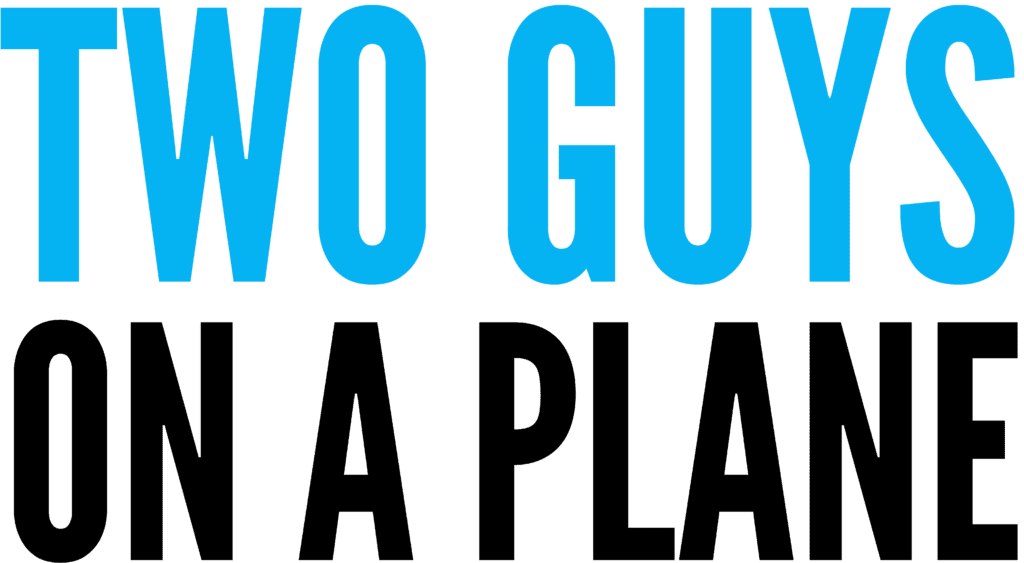
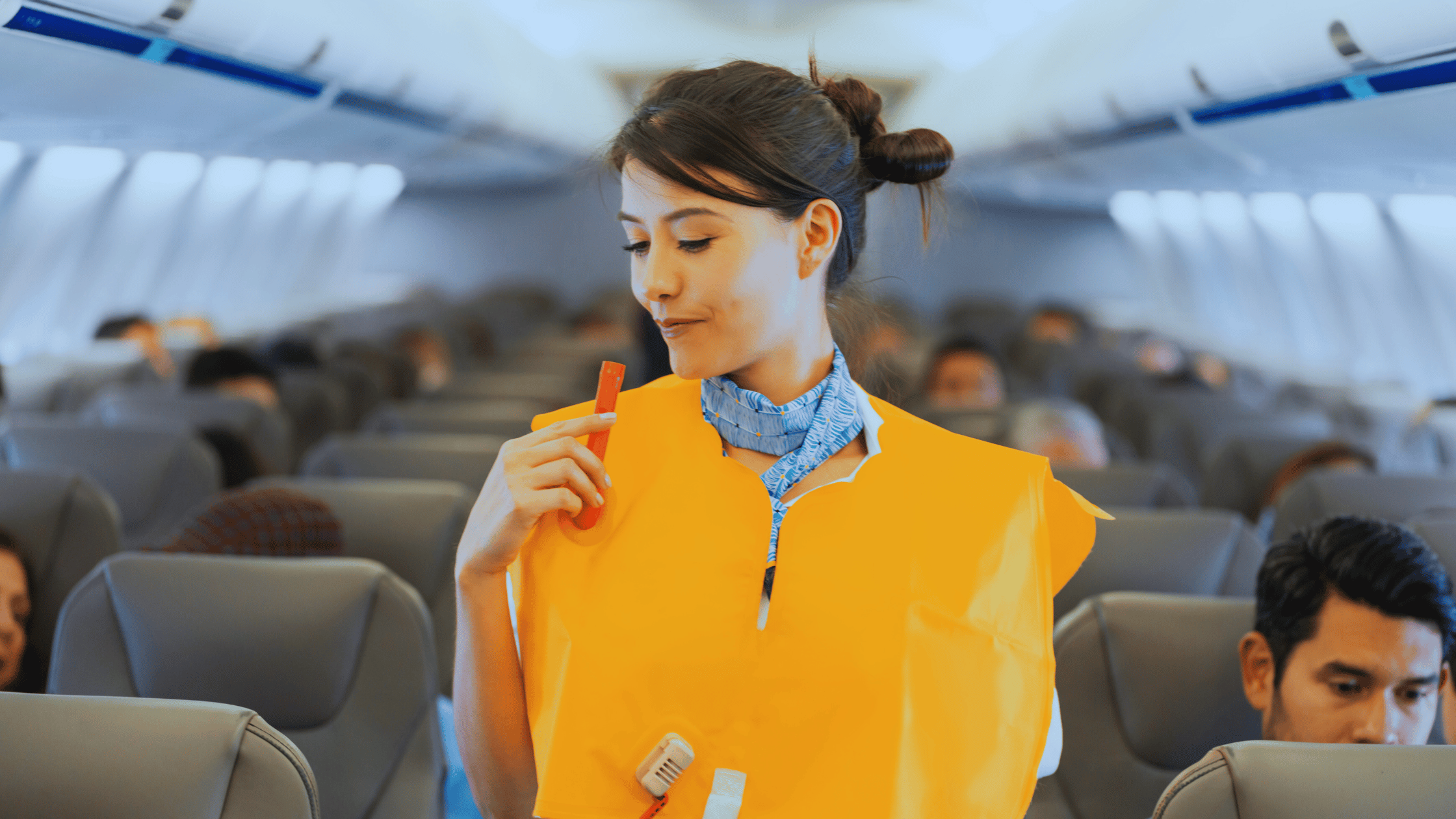
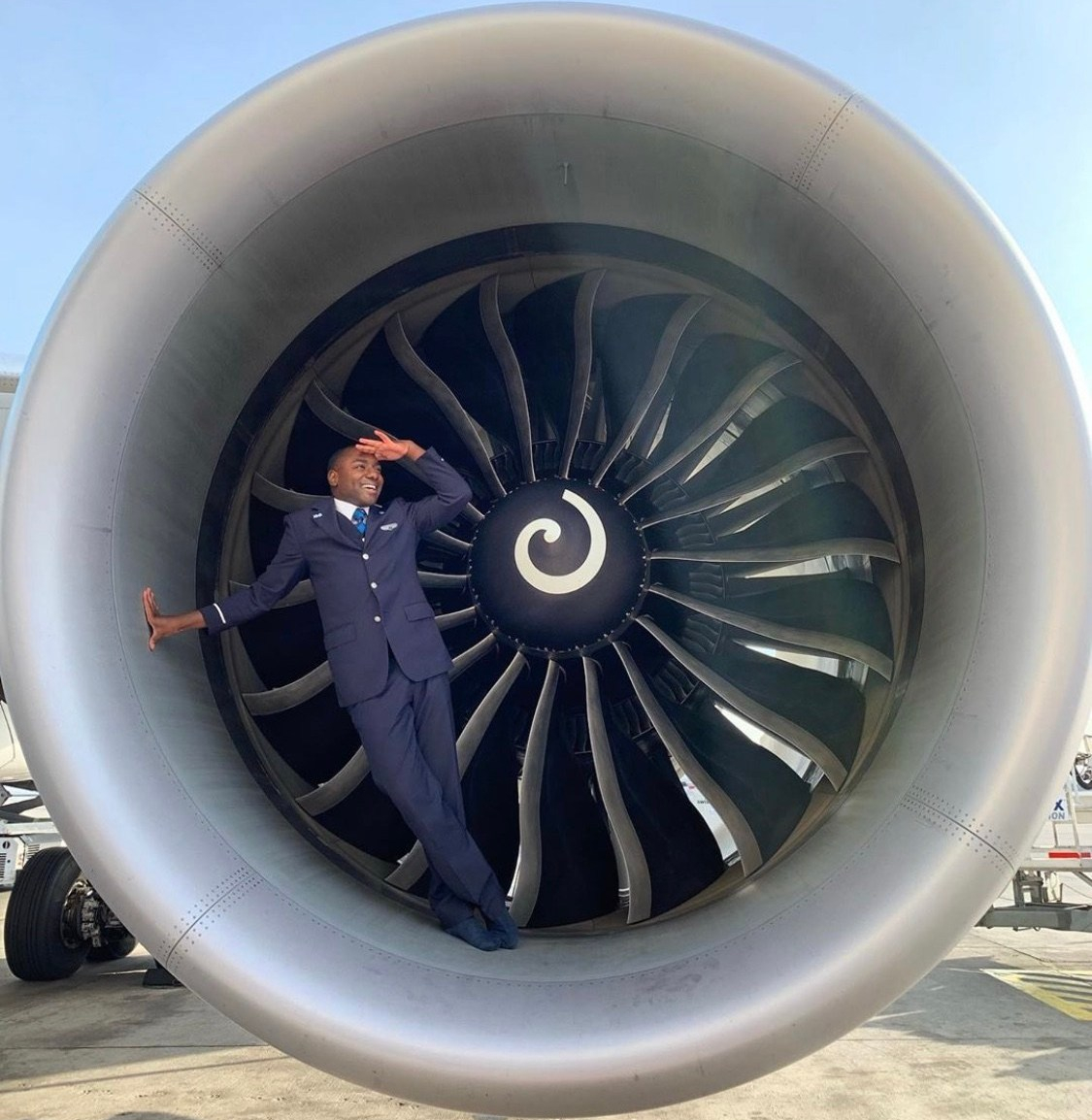
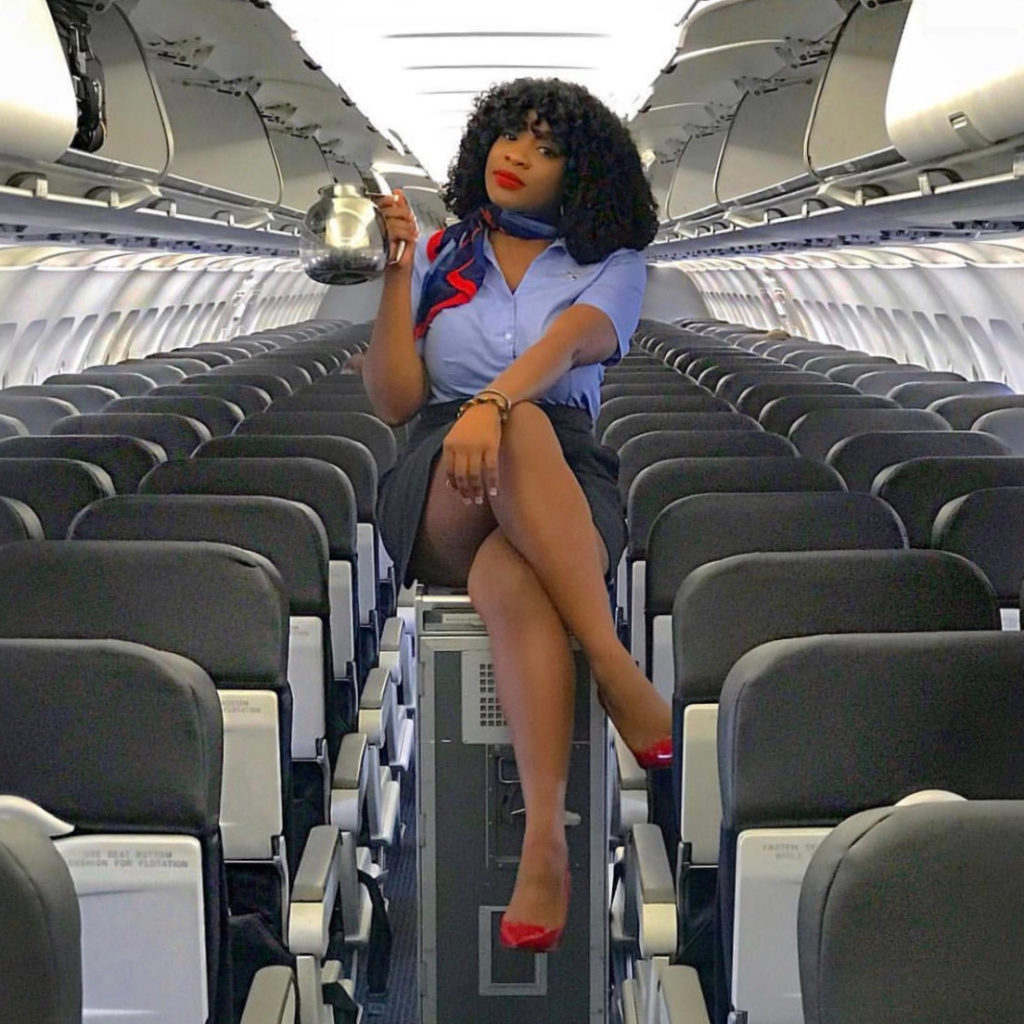
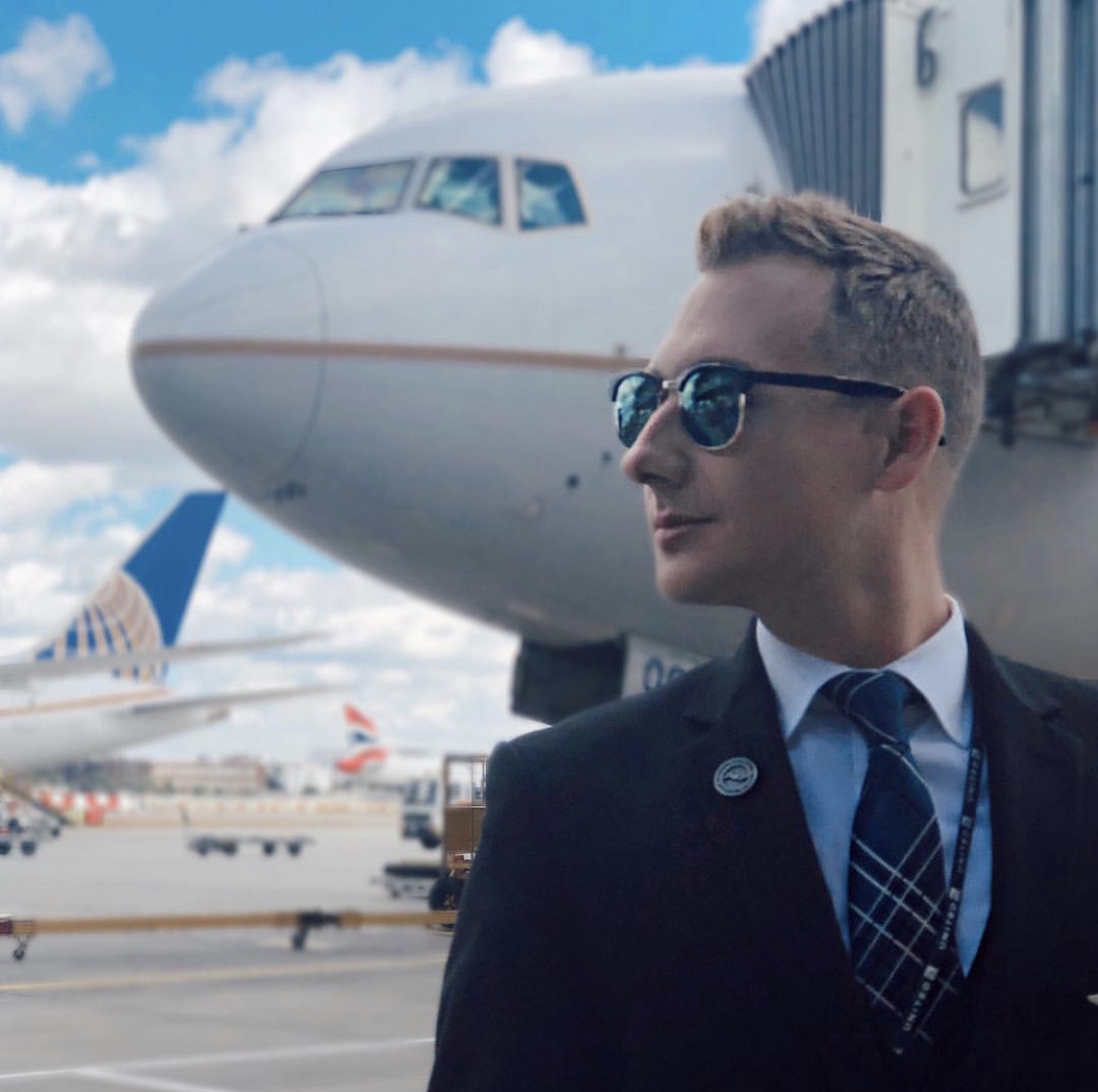

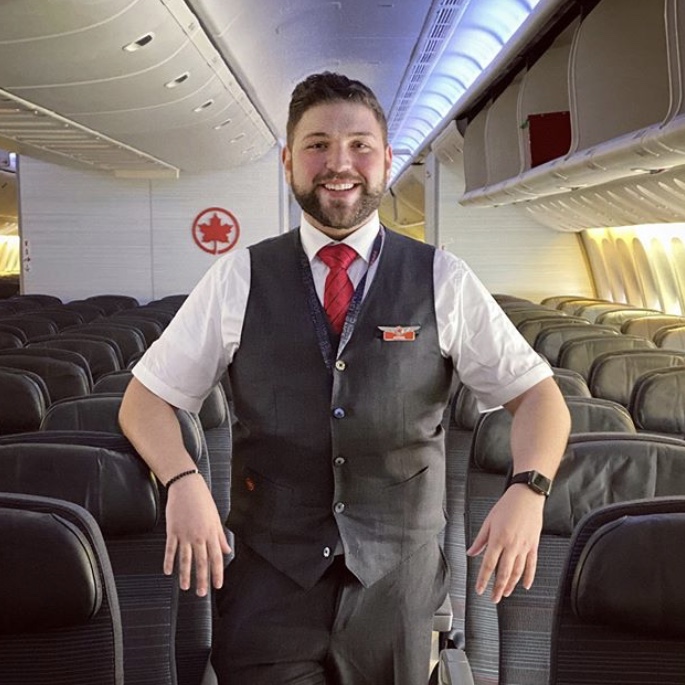
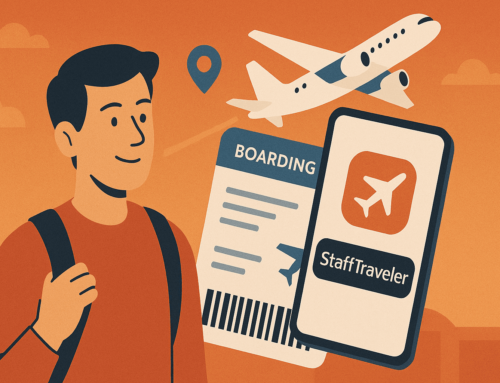
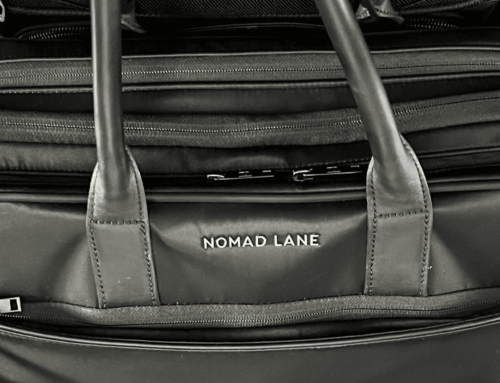
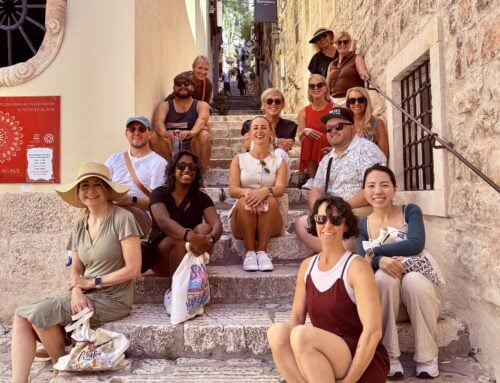

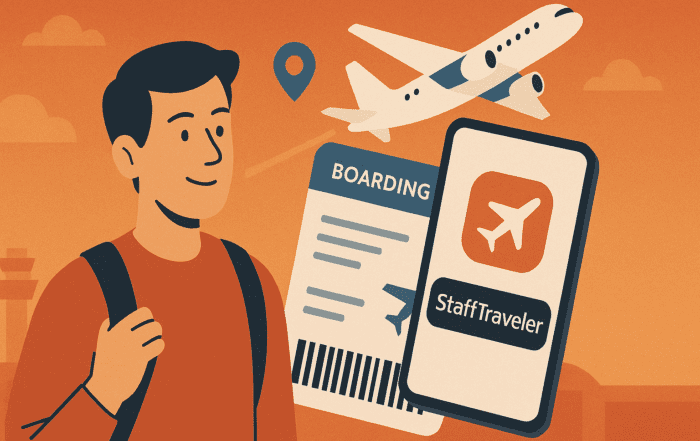
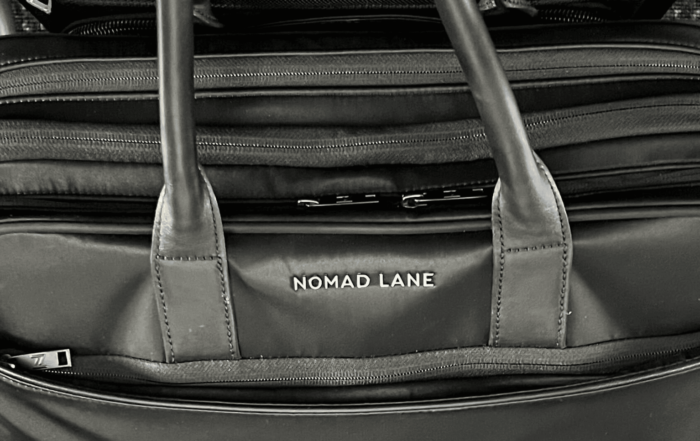
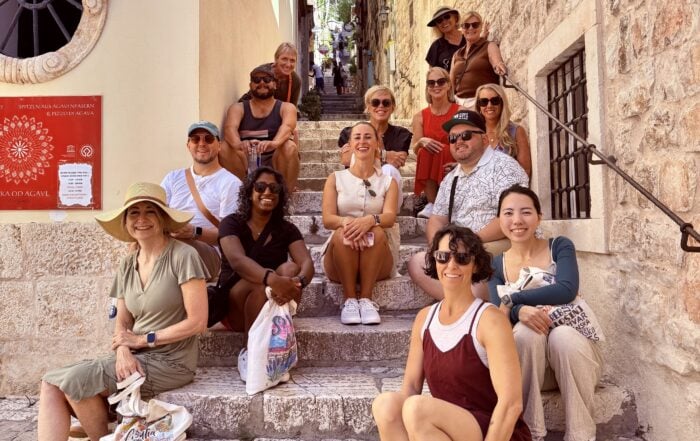
Leave A Comment